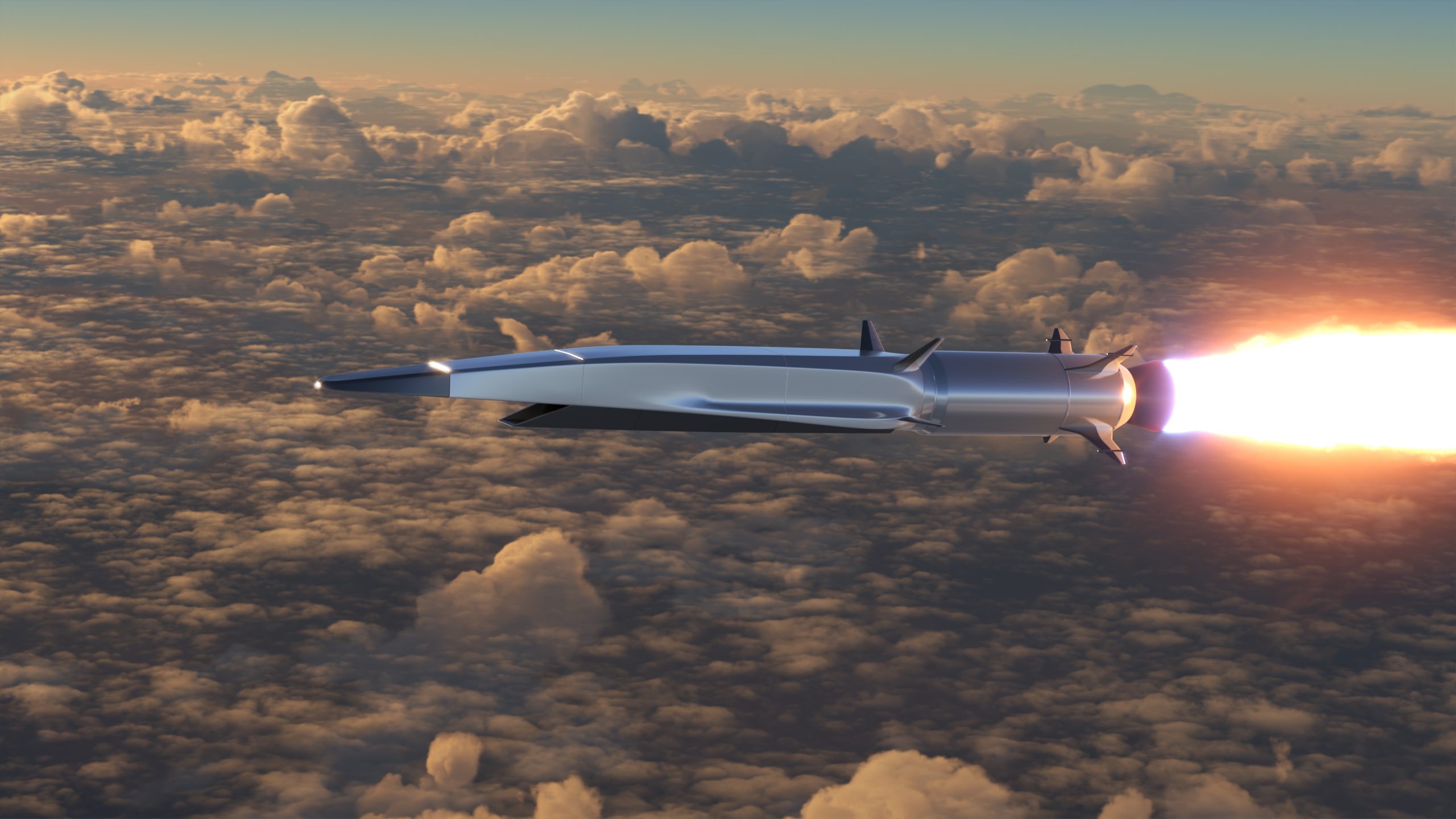In the realm of aviation and missile technology, a revolution is underway with the advent of hypersonic vehicles. These incredible machines are designed to travel at speeds exceeding Mach 5, five times the speed of sound, presenting a groundbreaking leap in aerospace engineering. Let’s delve into the world of hypersonic vehicles, exploring their types, the science behind their operation, and the remarkable challenges that engineers and scientists are overcoming to shape the future of air travel.
- Introduction to Hypersonic Vehicles: Hypersonic vehicles are aircraft or missiles traveling at incredibly high speeds, notably above Mach 5, achieved through advanced materials, propulsion, and thermal management technologies.
- Types of Hypersonic Vehicles: There are two primary types: cruise vehicles for sustained hypersonic flight and boost-glide vehicles, using rocket boosters to reach hypersonic speeds before gliding to their destination.
- Mach Speed and Temperature Relation: The faster an object travels (measured in Mach), the more it compresses air, resulting in heating. At hypersonic speeds, air temperatures can surge to thousands of degrees Celsius due to compression.
- NASA’s Classification and Speed Ranges: NASA categorizes aircraft as hypersonic when surpassing Mach 5, reaching speeds over 3,000 mph. A high hypersonic regime is defined beyond Mach 10 to account for re-entry aerodynamics.
- Temperature Challenges and Extremes: High-speed flight induces intense heating at leading edges, reaching approximately 1,000 degrees Celsius at Mach 5. Sustained hypersonic flight can expose leading edges to temperatures exceeding 1,500 degrees Celsius.
- Engineering Challenges and Solutions: Developing hypersonic vehicles necessitates addressing extreme speed and temperature challenges by enhancing materials, propulsion, and thermal management for safety and reliability.
- Innovations at Castheon: Castheon utilizes advanced materials like Niobium C103 through Additive Manufacturing (AM), particularly Laser Powder Bed Fusion (LPBF) technology, enabling efficient production of components that withstand the high-temperature environment of hypersonic flight.
The fusion of advanced technologies, expertise, and innovation is propelling us into a future where high-speed air travel will be a reality. With pioneers like Castheon at the helm, we can look forward to a world where hypersonic flight is not only achievable but also safer and more efficient. Stay tuned as we continue to unravel the mysteries of hypersonics and pave the way for a faster, more connected world.
